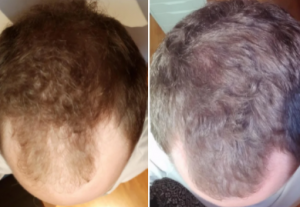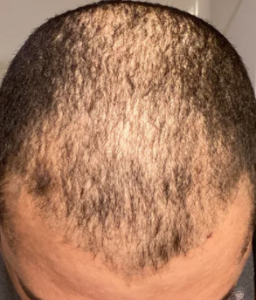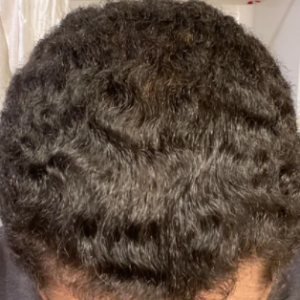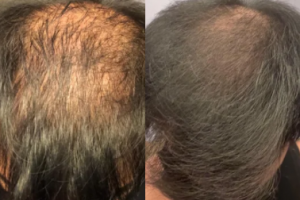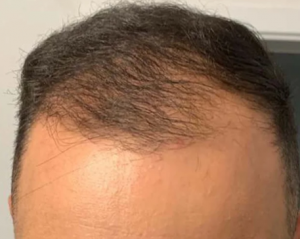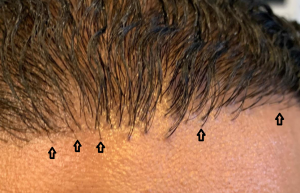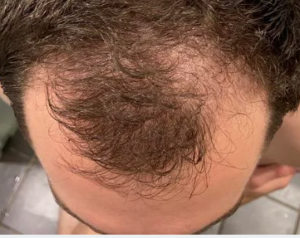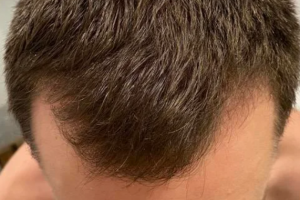A recent report out of South Africa showed a healthy woman placed on 0.25mgs of oral minoxidil developed cardiac and other systemic swelling. This situation could have been life threatening, but it was picked up early and the medication was stopped. The problems went away.
Up until this point in time, I, like most of my colleagues believed that dosing oral minoxidil of 2.5 mgs/day or lower did not expose the risk of cardiac complications. This is the first such reported case of what may be thousands of people, but this post is here to let you know if you are on oral minoxidil that this is a risk.
Of significance, this patient had signs of a problem with swelling of the legs, hands and face and her doctor was quick to discontinue the drug with reversal of all side effects , so if you get swelling of your hand, feet face, speak with your doctor and consider stopping the minoxidil.

